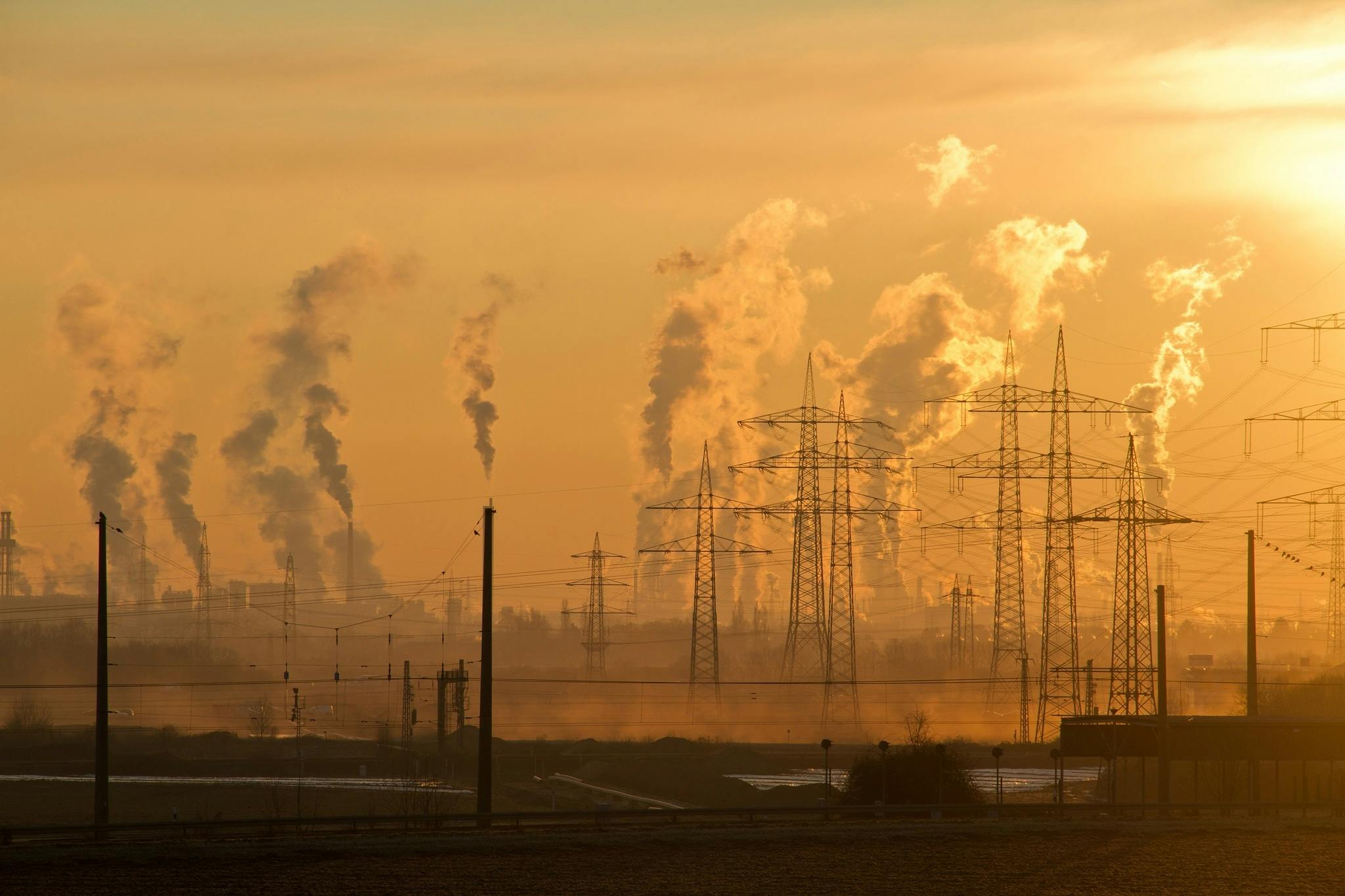Over the past several decades, air quality in the United States has seen significant progress, contributing to increased life expectancy and reduced respiratory conditions. However, a recent report indicates that around 156 million people — nearly half the population — still live in areas with unhealthy levels of air pollution.
The report highlights persistent challenges related to ozone and fine particulate pollution, particularly in urban areas in the western and southern regions of the country. Certain cities in California report the highest levels of particle pollution, while cities like Phoenix and Dallas are noted for elevated ozone levels. Additionally, the report points out that communities of color are about twice as likely to live in areas with high pollution levels compared to other populations.
Environmental regulations introduced in the 1970s have played a key role in reducing harmful pollutants over time. However, progress has slowed in recent years due to factors such as extreme weather, climate change-related wildfires, and potential changes to environmental policies.
Scientific research has established a link between long-term exposure to air pollutants and a range of health issues, including asthma, heart disease, cognitive decline, and impacts on both the respiratory and nervous systems. Long-term studies suggest that even pollution levels once considered “safe” can shorten lifespans.
Experts caution that weakening environmental regulations could negatively impact public health. They emphasize the need to continue monitoring air quality and adjusting policies based on updated scientific findings.



